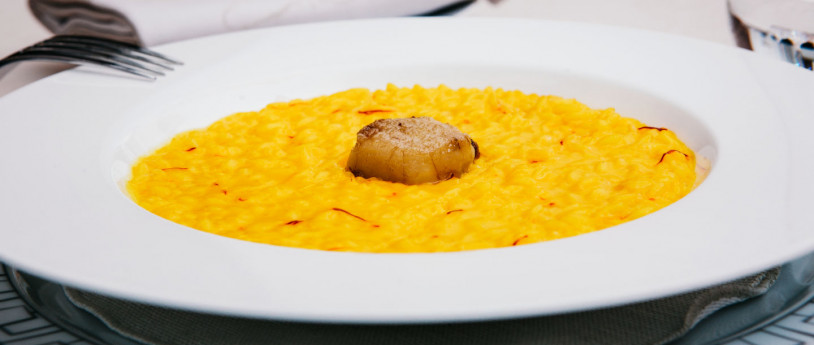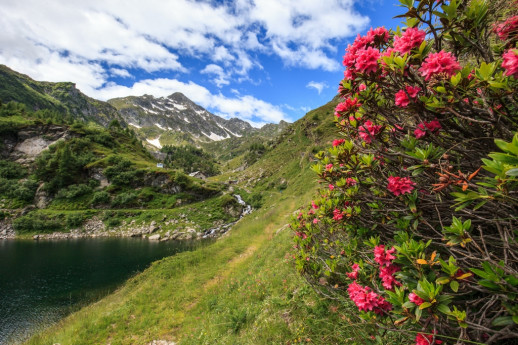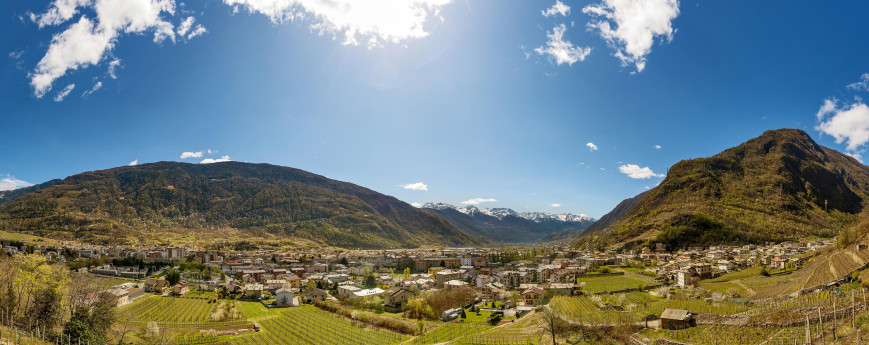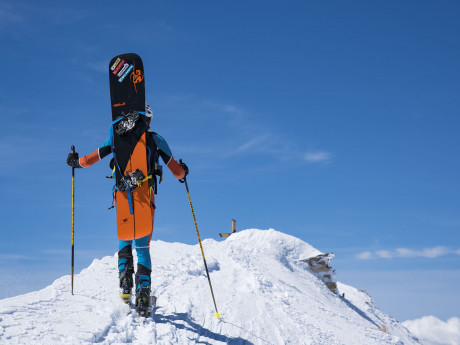To Cevedale with a stop at Rifugio Pizzini
Ahike that can be done on foot or with mountaineering skis if conditions permit, at these altitudes snow can remain until late spring and even in summer, it is good to inquire about conditions before leaving is to have all the necessary equipment. An excursion also suitable for those who want to get closer to the higher altitudes, a route up to the summit of the Valtellina mountain in the heart of the highest war theater of the Great War. We are in Val Cedèc, a side valley of Valle dei Forni, in upper Valtellina, a silent, snow-shrouded environment that hides the many relics of the First World War. Remains of trenches and barracks, military villages and barracks remind us that here, one hundred years ago, a significant page of the White War was written, the one at the absolute highest altitudes of the entire war front. The Cevedale peak, in the southern Rhaetian Alps, is a popular ski mountaineering destination. Uniting three valleys-Valfurva, Val di Pejo and Val Martello-it can also be reached from Val di Solda. Our starting point is the parking lot of Rifugio dei Forni. It can be reached from Santa Caterina Valfurva (Sondrio) by car along the toll road (toll column at the beginning of the route). The route to Cevedale climbs to the left along the Val Cedèc dirt road. Three hairpin bends are followed and then the route becomes almost flat, leading gradually to Rifugio Pizzini. From here you continue straight in a northeast direction until almost to the start of the Casati Refuge cable car, where you veer sharply to the right, heading east. The slopes begin to steepen and you pass under the rocky ridge that climbs to Cevedale. You face, keeping to the left, the Cedèc vedretta on very wide and regular slopes, until you reach a detour to the left where the glacier is spectacularly seracified and with a marked increase in slope. You climb the steepest part to the east and exit to the right in the direction of the pass that connects with Val di Pejo. Thus you reach diagonally, overcoming the last steep slope, the antecedent on the northeast ridge and traverse the terminal part on the level, arriving at the summit cross. Just before the latter, on the right, are the ruins of an old hut dating from the Great War. The descent route follows that of the ascent, one of the most beautiful and easiest of the Lombard glaciers. Beware, however, of possible crevasses, the greatest danger of this hike.






